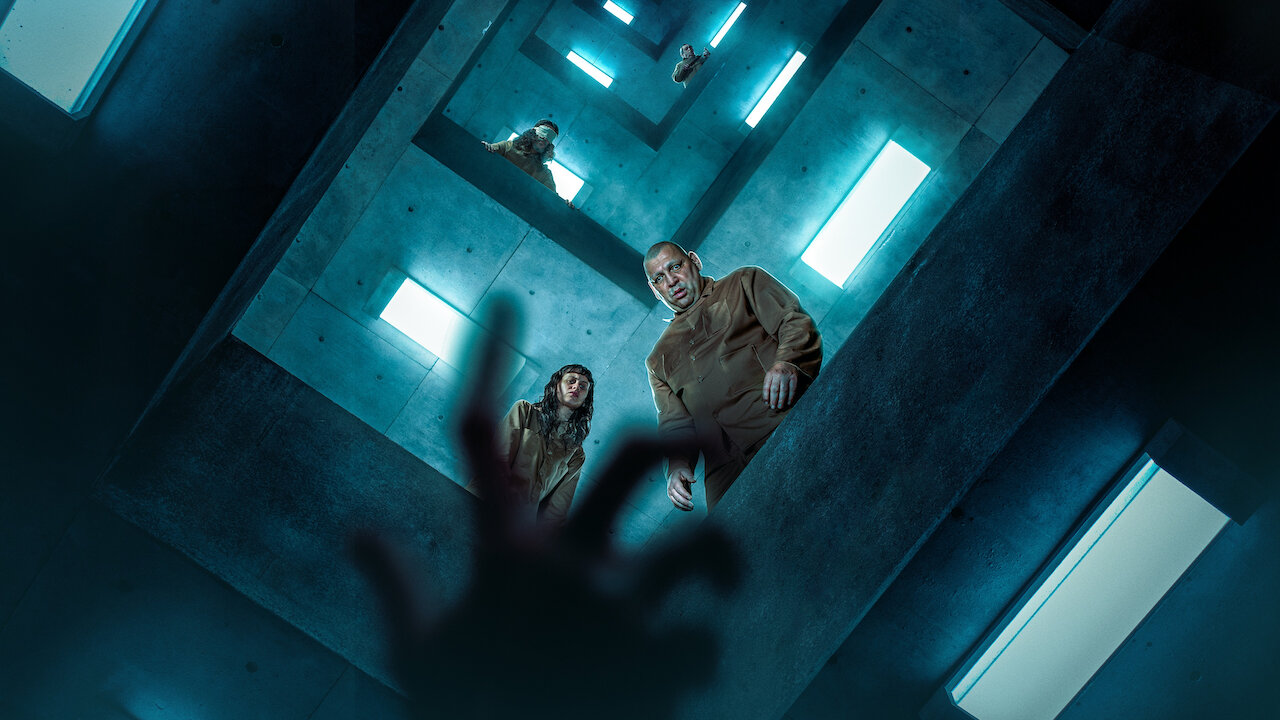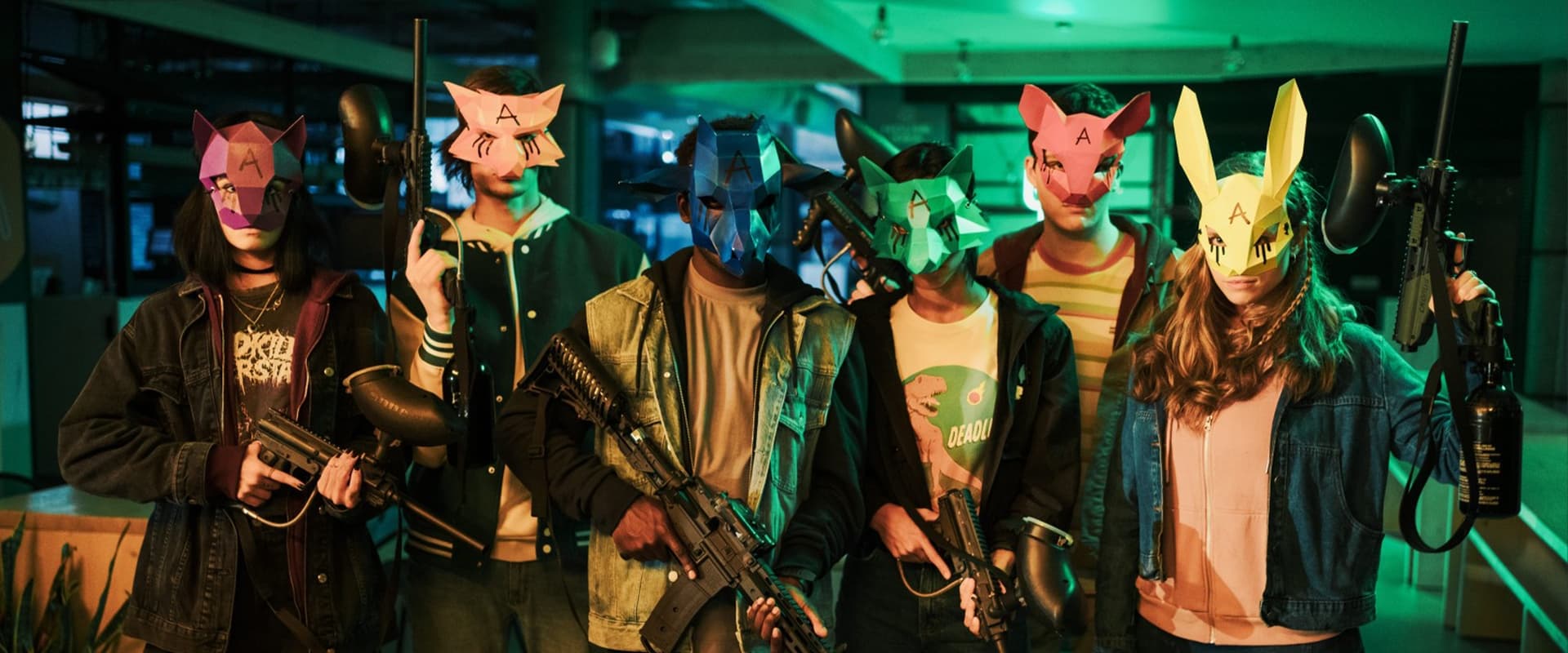The original Platform—the Spanish dystopian riot from 2019—arrived like an incendiary pamphlet stuffed in your lunchbox, urging you to gnaw on all that’s rotten in social hierarchy until your teeth cracked on the metaphors. I left that movie feeling as if I’d been clobbered by class struggle, seduced by horror, starved and force-fed in equal measure—and I liked it. You wandered its vertical prison with Goreng, whose backbone and dwindling hope pulled you, one slippery floor at a time, through a fable of survival so bare-boned and unyielding you could feel the jailer’s breath.
The Platform made starvation cinematic—now that’s a trick. But The Platform 2? This is what happens when filmmakers invite you back for seconds, only to dump yesterday’s cold stew onto a paper plate and then ask if you’ve noticed the marbling.
What once cut like a razor now meanders like a GPS-less Uber driver through a fog of convolutions. Gone is the original’s monomaniacal crawl down (and up) the tiers of Hell; now we have a goulash of conspiracies and origins and intrigue, with so many shifty-eyed newcomers and secret societies you start to long for the days when all you had to worry about was your neighbor bludgeoning you for a chicken wing. “Let’s try five plotlines at once,” they seem to suggest, “and then sprint past each one in a panic before the audience notices the mess.” We notice.
You miss Goreng, not because he was a saint, but because his misery had direction—a journey you could measure, loss by loss. This time around, the screen is so choked with new faces you wonder if they were cast by shuffling a deck of minor Marvel villains. There’s nobody to root for, only names you forget by scene three, drifting through the script with all the conviction of an AI when its empathy settings have shorted.
The first film knew exactly which bones it wanted to pick: class, cruelty, the gnashing mechanics of need. This sequel thinks it wants to talk about…what? Climate change, corporate devils, environmental doom, recycling? There are more stray thematic dogs in this movie than there are rooms in its prison. It yammered so loudly in your ear about everything that, in the end, it says absolutely nothing. At times you half-expect a chorus of prisoners to burst into song about the importance of composting.
Remember the poetry of the original’s descending platform? Here, every scrap of dialogue, discarded fork, and blinking lightbulb is puffed up with such symbolism you want to scream. It’s as if the filmmakers, having tasted ambiguity, have overdosed on it—delivering a pastiche of Kafka for social media addicts, hashtags and all. One would think subtlety is for the weak. By the hour mark, you’ve drowned in metaphors so heavy-handed they could crack the foundations of the prison itself.
Credit where it’s due—the film hasn’t lost its taste for grime. You still feel the claustrophobia, the groan of concrete. But everything else rushes past like it’s late for a more important movie. We get melodramatic scoring that doesn’t so much raise tension as try to bludgeon us into alarm. There’s so much musical thundering you half-expect the Phantom of the Opera to drop through the ceiling demanding quieter neighbors.
If the first film left you raw—picking at the scraps of meaning in the night—this one serves up a bow-tied ending, neat as a guidance counselor’s handshake. It tries to tuck all the wild threads back under the rug, but the audience isn’t fooled; we’re just more confused, blinking in the harsh light of closure we never wanted. Instead of lingering terror and ambiguity, we get that pang of regret—not for the characters, but for the time spent.
What The Platform 2 needed—craved—was a good fast: fewer characters, tighter story, a return to the bleak, hungry wit of the original. Instead it chucks every idea, every symbol, and every subplot onto our trays, daring us to stomach the indigestible. The final result? Like reheated leftovers at an all-you-can-eat buffet—every flavor, none satisfying.
If you must get your fix, stick to the first course. Leave the sequel to rot, and savor what made the original a dish you could chew on for weeks: stark, simple, and devastating in every bite.


